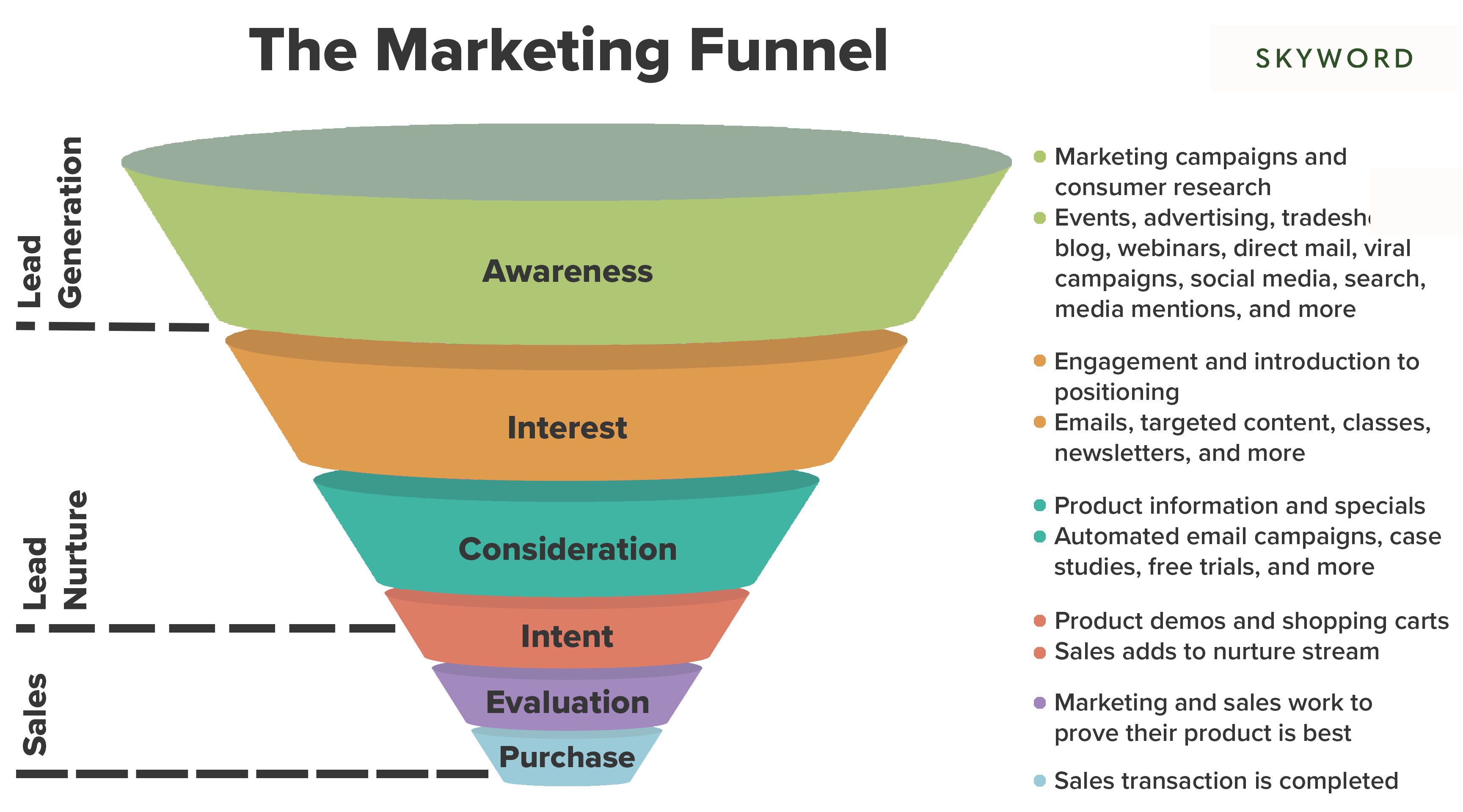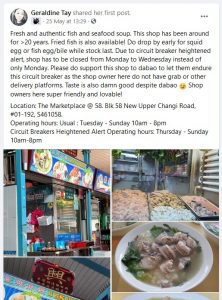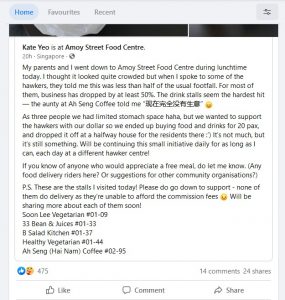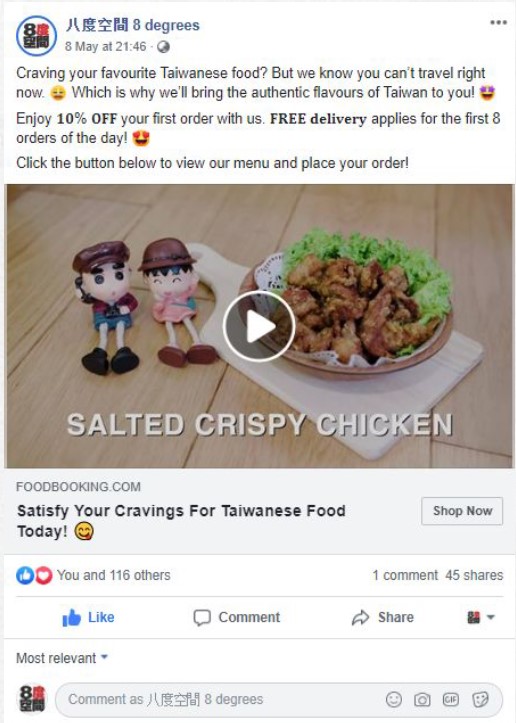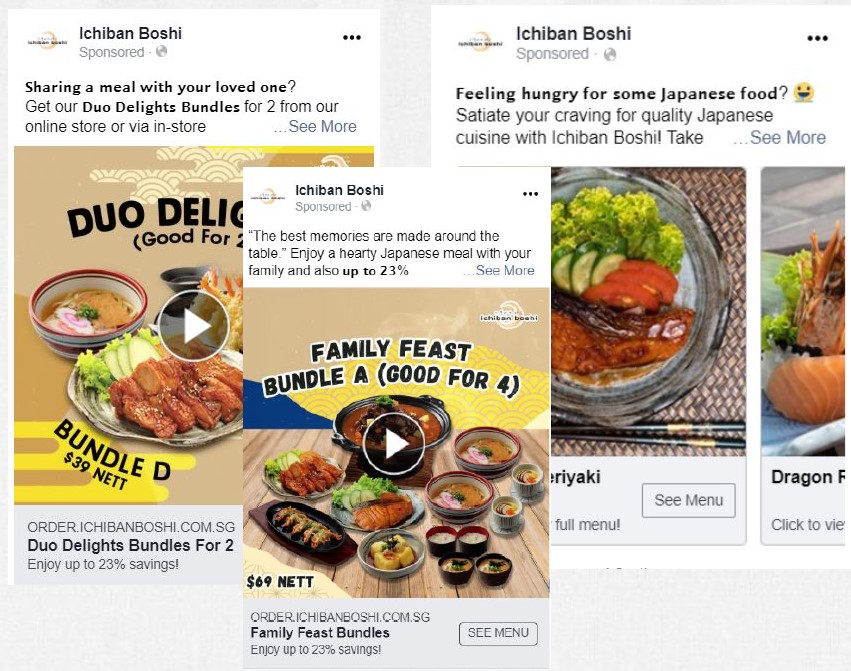
SINGAPORE – Once again, Singapore has entered another round of Covid19 related restrictions this May 2021. No dining in, 2 persons per gathering, and less shoppers are now on the streets this week. If you are operating a brick-and-mortar shop, this is a throwback to exactly one year ago where Singapore had crowd distancing measures in place and businesses were scrambling to adopt online eCommerce.
Pre-Covid19 days in 2020. Source
While some businesses did manage to find their footing in online sales, others were not so lucky, be it due to low-performing marketing campaigns, or the lack of know-how in doing online marketing altogether.
Now that this “CB 2.0” has descended our shores again, do you know what to do to keep your business alive? And also, whether it is effective in fact. In our 3-step guide, we will introduce our tested and proven ways to scale your online business that we have done for many of our clients!
1. Outreach, outreach, outreach
If you have been keeping up with social media, (or at least the news in general), you would have heard of our F&B hawkers, despite serving great food, taking a hit during Phase 1 & 2 measure where footfall fell greatly. Those who had social media platforms generally survived better; but there were also with social media pages which had to close down. So, what is the make-or-break factor here, if it’s not just social media presence?
The magic word here is outreach.
Definition: Outreach, in general, refers to reaching out to promote your services or platform to gain an increase in traffic, and in turn, leads and sales.
In traditional marketing, this is commonly known as above the line marketing, where you advertise your brand in mass outreach channels for publicity and generating interest.
On online spaces, in our opinion, this takes the form of blog posting, forum sharing, and using social media ads in the context of Singapore.
How would this help a business’ online engagement? We will find out more below.
2. Blog posting
Blog posting in content marketing terms refers to the sharing of useful content related to your business’ products and services. The goal of this is to help you attract those who are interested in the topic, but not ready to purchase your product yet.
For instance, a visitor to your online site is interested in purchasing a premium vacuum cleaner you have for sale, but is not convinced of the premium price he is paying. Just by price alone, you will not be able to close the deal. However, if you reframe the value of a premium vacuum cleaner in terms of the benefits it can bring, such as prevention of health issues due to dust, or the longevity of your product versus common vacuums, there is a higher chance your site visitor will be convinced.
Content about the benefits of using your products should be prominent on your site, usually found around the centre of the page after your initial call-to-action at the top. It can also be shared to your prospects via email marketing – given their permission to receive newsletters from you.
This method of using related content to grow your visitors’ interest and ‘warming’ them up to purchase from you in the future, is also known as lead nurturing, referencing from the marketing funnel model. (If you’ve never heard of the marketing funnel before, check our previous post on a sales funnel here.)
Source: Skyword
At the ‘consideration’ stage, users are still considering options from various shops and comparing traits such as price, reviews, brand reliability. To grow them from the consideration to the purchasing stage, blog content is a part of your online presence you should definitely have. Besides related content, you can also consider running promotions, loyalty pointers, or even use trustworthy media figures to feature your brand.
While the reality is that most visitors reaching your online store are not ready to convert and purchase yet, content blogging is an excellent way to warm them up to be ready purchasers. By growing them from the consideration to the purchasing stage, blog content is one aspect of your business you need to have if you are serious about eCommerce.
3. Forum sharing
This is a new tactic which is not widely used yet, because it can be labour-intensive for it to work. Sharing your business profile on forums with high traffic, with the goal of getting visitors to your physical stall, is not a new idea. However, searching for the right forums to post on, is the secret formula.
When Covid19 broke out in Singapore last year, local netizens gathered and created online Facebook groups to share profiles of F&B businesses without online presence and were falling behind in revenue. These groups became a hit, and businesses which were featured often had accounts of selling out their food easily that same day.

Screenshots of F&B outreach efforts on local Facebook groups
If you intend to outreach on such groups, do be realistic on the effectiveness and footfall it will bring, unless you have a few Michelin stars to begin with.
Even if you do receive an uptick in business, this isn’t to say that your business can do without a proper online presence and you can just rely on forum outreach. Having an online presence ensures your products and services can be viewed anytime, anywhere, even after your business is done for the day. Similar to how traditional above the line marketing works, being constantly on your audience’s mind will definitely influence them into choosing your brand when they are ready to purchase.
4. Social Media Ads
If you’ve tried all possible free-of-charge forums or ideas, this next option could work better for you. Also known as below-the-line marketing, social media paid ads, usually on platforms such as Facebook and Google, allow you to target and zero in on the specific target audience for your product or service. For instance, if you are selling ergonomic office chairs, your target audience would probably be a predominantly male audience, 25 years to 40 years, with a preference in body wellness. By using ads effectively, you can waste less marketing dollars on targeting the wrong target audience.
Example of Social Media Ads run by us
With such magic at your fingertips, the how-to part is equally important as well. In both Facebook advertising and Google Paid Search, there are many techniques and terms you need to learn and be familiar with, in order to run your campaigns well. Not only do you need to identify your specific audience, you also need to consider how to target them, be it across a time frame, with various promotions, or with certain messaging. This is also known as A/B testing. You will also need to craft an Irresistible Offer and showcase your product’s Unique Selling Point. Once your ad starts running, you will be competing against your fellow industry businesses for a piece of your audience’s attention. How you craft that winning message in 120 words will make or break your sale.
Closing Words
Social media advertising is no walk in the park, and you need to do some basic homework on learning how to run campaigns. There is a wealth of information from digital marketing guides on how to run and optimise ads, and if you are intending to self-manage, you will need to be learn them well. Examples include Moz, Hubspot, and SearchEngineLand. By being familiar with ad management, you will be able to avoid wasting your ad dollars. You should be able to explain and differentiate between CPC, CPL, engagement campaigns, lead generation campaigns, to name a few.
If you are not comfortable having to take on an ad management role, there is the option of hiring a SEM agency in Singapore and engaging Facebook marketing services.
Once your social media ads are set up well and running, getting your leads in should not be a problem. And combine that with regular blog posting and forum outreach, you will have a golden strategy in your hands.
In our next post, we will share how exactly you can refine your business into a brand. Stay tuned!



